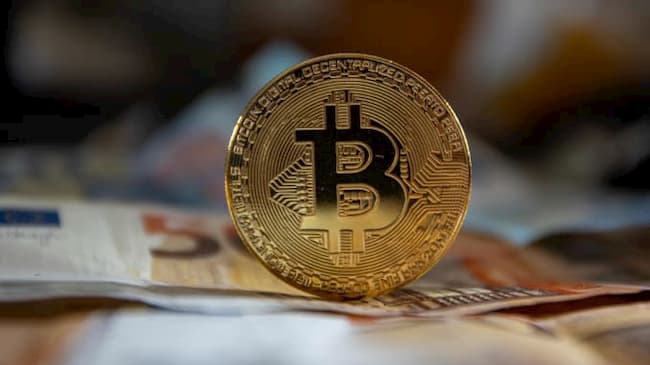After declining over the previous five days, the price of bitcoin dropped below the $60,000 threshold, with a low of $59.1K at the time of writing. Though sentiment has somewhat improved to $59,500, it is still negative when compared to Bitcoin’s peak of $73,757, which was reached more than six weeks ago.
Bitcoin has declined by more than 16% and ether has plunged by 18% in April. Dogecoin and other smaller cryptocurrencies lost more than a third of their market capitalization, with an even more dramatic drop in value.
Seasonal factors, such fewer interest throughout the summer, also indicate to lower pricing, according to K33 Research.
About 134,420 traders were liquidated in the past 24 hours, with total liquidations at the time of this publication amounting to $432.47 million. The largest single liquidation order happened on OKX – ETH-USDT-SWAP, valued at $6.07 million.
According to several observers, one of the main reasons why investors aren’t so interested in Bitcoin is because it has been unable to profit from the growing tensions in the Middle East.
Chart analyst Peter Brandt has changed his stance on Bitcoin after earlier being extremely optimistic about it. Brandt hypothesized that the increasing trend of bitcoin may have peaked. This is in sharp contrast to his February forecast that prices might rise to $200,000 during the bullish cycle that began at the bear market lows in November 2022 and may last until September 2025.
The most recent estimate is predicated on a statistical idea known as “exponential decay,” which characterizes the process of lowering a sum by a constant percentage rate over time. This is because the U.S. Federal Reserve will probably keep interest rates over 5% for longer than expected, and investors are growing more concerned about a global reversal.
Rate cuts, according to former Kansas City Fed President, Esther George, would need a “pretty dramatic affirmation” of a weakening economy. George also mentioned that the Fed might wait to move until 2025 because of the November national presidential election.
Bulls in the Bitcoin market contend that if central banks choose to step in, either the world economy will go into recession or inflation will get worse in the second half of 2024. But even if that theory turns out to be accurate, the S&P 500 businesses’ earnings potential and the $6.9 trillion in assets held by non-banking companies may make them attractive targets for hedging against fiat.
Stocks ultimately fight for a piece of reserve assets as well, even if that means trading at a premium to their historical multiples.
Furthermore, the U.S. Treasury Department is anticipated to reinstate its debt repurchase program on May 1 for the first time in over 20 years. The program’s objective is to sustain liquidity, which has become crucial since Japan, one of the biggest holders of US Treasury bonds, was compelled to step in on April 29 to support its foreign currency rate.
As a result, investors are skeptical about whether Bitcoin’s price will persist if the macroeconomic environment keeps getting worse.














